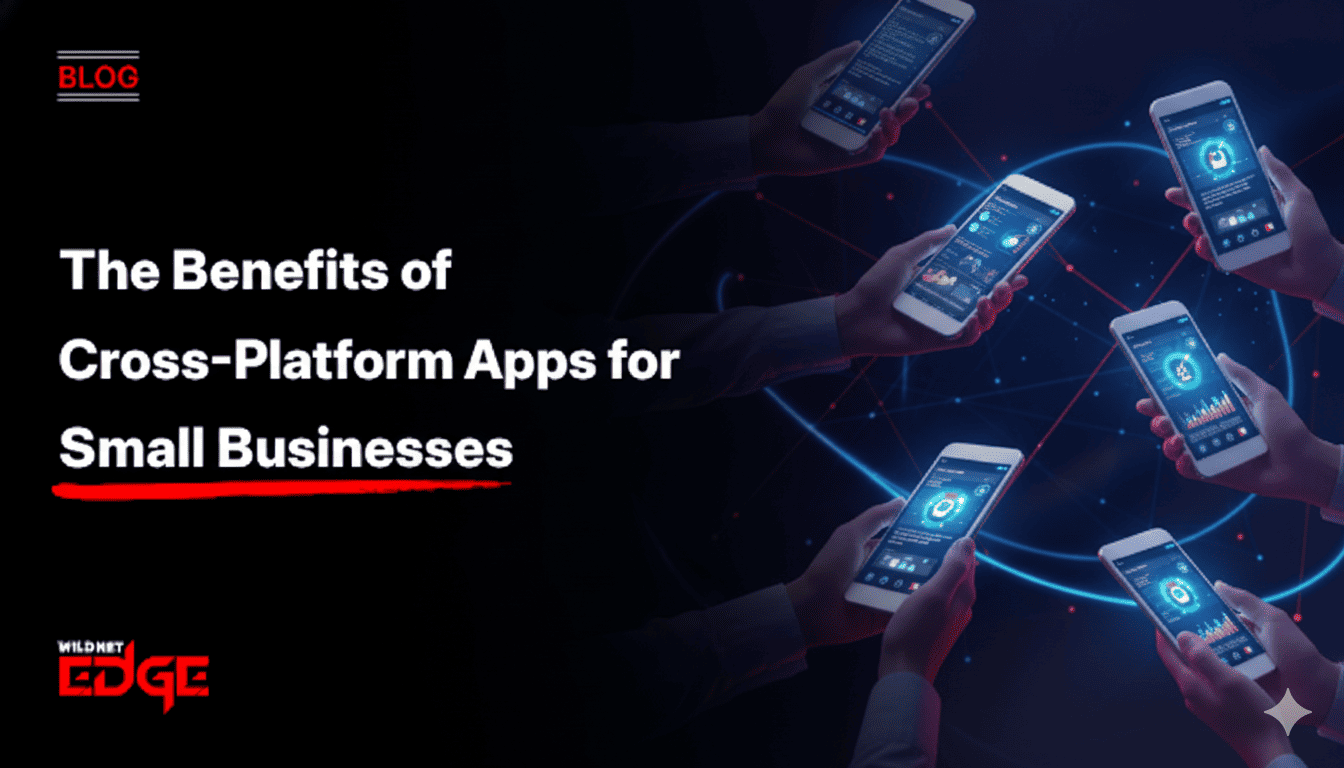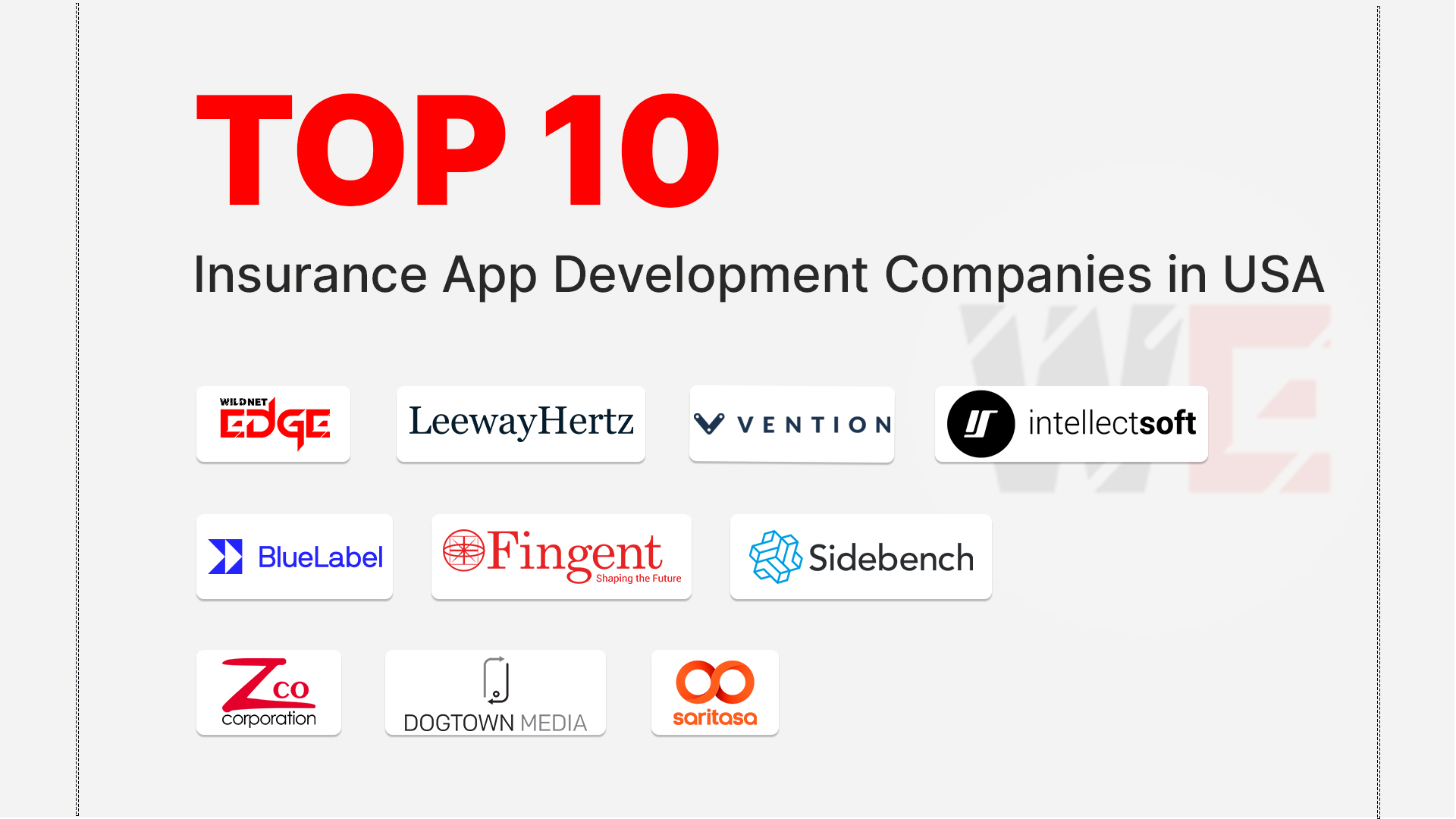This article explains why cross-platform app development is a strategic advantage for small businesses operating with limited resources. It details how this approach allows a single codebase to create apps for both iOS and Android simultaneously, leading to significant cost savings and a much faster time-to-market. The guide explores key hybrid app benefits, including reaching the entire mobile audience from day one and simplifying the process of updates and maintenance. By opting for cost-effective mobile apps built with frameworks like Flutter or React Native, small businesses can compete effectively, validate their ideas quickly, and achieve a higher return on their technology investment.
For a small business in 2025, a mobile presence is no longer a luxury—it’s a lifeline. Your customers are on their phones, and you need to be there with them. But this presents a major challenge: with a limited budget, do you build for the massive Android market or the high-spending iOS audience? The traditional answer was to pick one or pay double to build for both. Today, there’s a smarter, more efficient solution: cross-platform apps for small businesses.
What is Cross-Platform App Development?
Cross-platform app development is an approach that allows developers to write code once and deploy it on multiple operating systems, primarily iOS and Android. Instead of building two separate, native applications from scratch, a single codebase is used to create an app that works flawlessly on both platforms.
This is the core of the hybrid app benefits. Modern frameworks like Flutter and React Native have made this approach incredibly powerful, enabling the creation of high-performance, beautiful applications that are nearly indistinguishable from their native counterparts. For a small business, this efficiency is a game-changer.
The Core Benefits for Small Businesses
Choosing a cross-platform strategy is a business decision that directly impacts your budget, your timeline, and your ability to compete.
Significant Cost Savings
This is the most compelling reason for any small business. Building two native apps requires two separate development teams (or twice the time for one team), two separate codebases, and two separate testing processes. A cross-platform approach cuts this effort almost in half. By hiring a single team to build one application, you can launch on both platforms for a fraction of the cost, making it the ultimate strategy for creating cost-effective mobile apps.
Faster Time-to-Market
In a competitive market, speed is everything. The ability to launch your app on both the Apple App Store and Google Play Store simultaneously gives you a massive advantage. You can reach your entire target audience from day one, gather feedback faster, and start generating revenue sooner. This acceleration is one of the most powerful hybrid app benefits for an agile startup or small business.
Wider Audience Reach
Why choose between iOS and Android when you can have both? A cross-platform app ensures that you are not alienating any segment of your potential customer base. Whether your ideal customer uses a Samsung Galaxy or the latest iPhone, your app will be available to them, maximizing your market penetration from the very beginning. This is a critical advantage when building brand awareness with a limited marketing budget.
Simplified Maintenance and Updates
Launching an app is just the beginning. The long-term cost of maintenance and updates can be significant. With two native apps, every bug fix, security patch, or new feature has to be developed and deployed twice. A single codebase dramatically simplifies this process. You make the change once, and it rolls out to all your users. This makes ongoing management cheaper and more efficient, a key consideration when partnering with any Mobile App Development Firm.
Choosing the Right Cross-Platform Framework
Two frameworks dominate the modern landscape for building cross-platform apps for small businesses.
Flutter
Developed by Google, Flutter is known for its incredibly fast performance and its ability to create beautiful, highly customized user interfaces. Its “Hot Reload” feature allows for rapid development and iteration, making it a favorite of many startups. For businesses that prioritize a polished design and high performance, working with a Flutter App Development Company is an excellent choice.
React Native
Created by Facebook, React Native allows developers to use the popular JavaScript library, React, to build mobile apps. Its major advantage is the massive developer community and the vast ecosystem of pre-built components, which can further accelerate development. For companies with existing web development talent in JavaScript, partnering with a React Native App Development Company can be a very smooth transition.
Our Cross-Platform Services in Action: Case Studies
Case Study 1: A Local Restaurant’s Ordering App
- The Challenge: A local restaurant wanted to launch its own mobile ordering app to avoid the high commission fees of third-party delivery services. They had a small budget and needed to be accessible to all of their customers, regardless of their phone type.
- Our Solution: As their chosen Cross Platform App Development Company, we used Flutter to build a simple, beautiful, and easy-to-use ordering app. The single codebase allowed us to deliver both the iOS and Android versions within their tight budget.
- The Result: The app was a huge success. Within six months, over 60% of their delivery orders were coming through their own app, saving them thousands in commission fees and giving them a direct line of communication with their loyal customers.
Case Study 2: A Service-Based Startup’s MVP
- The Challenge: A startup had an idea for a booking platform for local service providers. They needed to launch a Minimum Viable Product (MVP) quickly to test their business model and secure investor funding.
- Our Solution: We provided Custom Mobile App Development Services using React Native. This allowed us to build and launch the core functionality of the app on both platforms in just four months.
- The Result: The startup successfully launched its MVP and gained its first 1,000 users. The tangible product and early traction were instrumental in helping them close their seed funding round, proving the value of their idea.
Our Technology Stack for Cross-Platform Development
We use the best modern tools to build high-performance, cost-effective mobile apps.
- Frameworks: Flutter, React Native
- Languages: Dart (for Flutter), JavaScript/TypeScript (for React Native)
- IDE: VS Code, Android Studio
- CI/CD: Codemagic, Bitrise
- Backend: Firebase, AWS Amplify, Supabase
Conclusion
For a small business, every decision must be strategic and resource-efficient. The choice to build cross-platform apps for small businesses is one of the smartest investments you can make. It provides a direct path to creating cost-effective mobile apps that reach your entire audience, launch faster, and are easier to maintain. The hybrid app benefits are not just technical; they are fundamental business advantages.
Ready to turn your app idea into a reality? At Wildnet Edge, our AI-first approach means we build apps that are not only efficient but also intelligent, setting you up with a data-driven foundation for future growth.
FAQs
For the vast majority of business applications, the performance is nearly indistinguishable from a native app. Modern frameworks like Flutter and React Native compile to native code, ensuring a smooth and responsive user experience.
The main drawback is for applications that require extremely intensive graphics (like high-end 3D games) or need immediate access to the very latest, niche hardware features of a new OS version. For most business use cases, this is not a concern.
It’s a matter of efficiency. When a new OS version is released or a security vulnerability is found, you only need to update and test one codebase instead of two. This cuts your long-term maintenance hours (and costs) nearly in half.
Your app can be completely unique. Unlike older template-based builders, frameworks like Flutter give designers control over every pixel on the screen, allowing for the creation of beautiful, bespoke brand experiences.
While it varies based on complexity, a well-designed MVP for a small business can often be built for a fraction of the cost of two native apps, typically falling in a much more accessible budget range. A detailed discovery session is the best way to get a precise estimate.
Yes, absolutely. Modern cross-platform frameworks have excellent support for accessing native device features through a system of “bridges” and plugins, allowing your app to feel fully integrated with the device.
The choice often depends on your specific needs and existing resources. Flutter is often praised for its performance and UI capabilities, while React Native’s use of JavaScript can be an advantage if your team has web development experience. An expert consultant can help you make the best choice.

Nitin Agarwal is a veteran in custom software development. He is fascinated by how software can turn ideas into real-world solutions. With extensive experience designing scalable and efficient systems, he focuses on creating software that delivers tangible results. Nitin enjoys exploring emerging technologies, taking on challenging projects, and mentoring teams to bring ideas to life. He believes that good software is not just about code; it’s about understanding problems and creating value for users. For him, great software combines thoughtful design, clever engineering, and a clear understanding of the problems it’s meant to solve.
 sales@wildnetedge.com
sales@wildnetedge.com +1 (212) 901 8616
+1 (212) 901 8616 +1 (437) 225-7733
+1 (437) 225-7733































